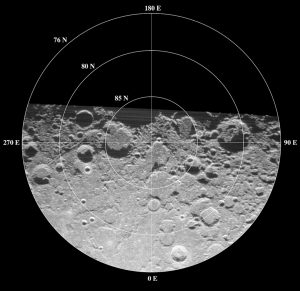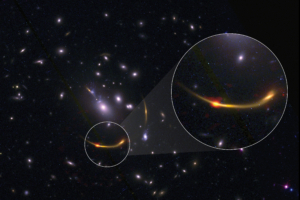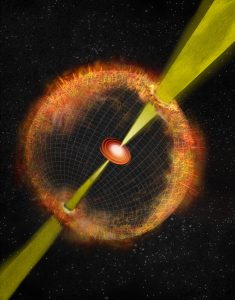All radio astronomical measurements collect electromagnetic signals and record them. Note that the signals measured are not sound waves,…
Select :
asteroid collisionasteroidsastronomical distance scalesatomsbig bangblack holesbright lights in the skybrown dwarfcareerscelestial eventschecker cabscometsconstellationscosmic distancescosmic microwave backgroundcosmic rayscosmologydark energydark matterdwarf planeteartheclipseeclipticeducationexoplanetsexpansion of the universegalaxiesgeneral relativitygravitational lensgravity wavesGreat Red SpotHoaxesHubble Space Telescope (HST)Interferometerinterferometryinterstellar moleculesionosphereJupitermagnetarsmarsmeteorsMH370milky wayMilky Way Galaxymoleculesmoonmoonsneutron starneutron starsNibirunight skyparallaxphysicsplanetsplutoproperties of lightPtolemypulsarsquasarsradar astronomyRadio Astronomyradio frequency interferenceradio interferometersradio recombination line emissionRadio TelescopeSatellite DishSchwarzschild Radiusscientific methodsearch for extraterrestrial intelligenceSETIsolar systemspace probesspacecraftstar formationstarssunsupernovasupernova remnantssupernovaetelescopestime dilationTrans Neptunian Objectstwin paradoxunexplained celestial observationsVenusVery Large ArrayVery Long Baseline Array (VLBA)Voyager 1weather


How Do Stars Work?
I think that the description of how a star works on the ThinkCo web site provides a very nice…

What Will Cause the Moon to Stop Moving Away From the Earth?
As explained in the post What Happens as the Moon Moves Away from the Earth?, the increasing separation of…

How Does the Photon Density From a Star Change With Distance?
I believe that your question has been answered on the Physics Stack Exchange. For a star of radius R…

Angle Between Two Points on a Sphere
I think what you want to use are two laws of cosines. I believe that the solution to the…

Does Instantaneous Communication Violate Any Physical Laws?
Yes. The speed of light is a fundamental limit to the speed at which any communication signal can travel. …





